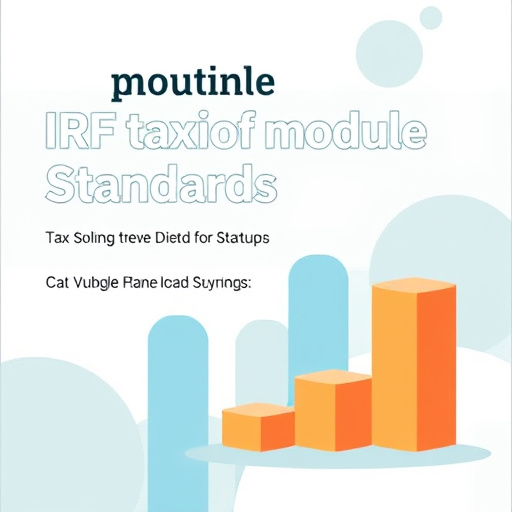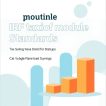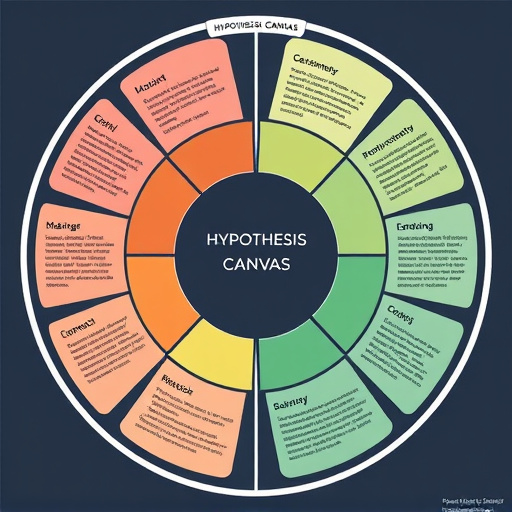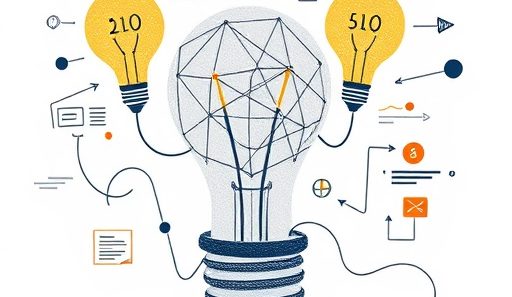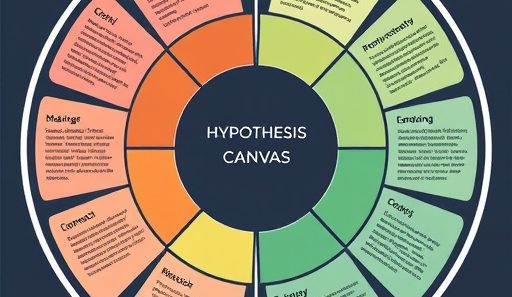The first thing you do when you have made up your business idea, is to validate it through the “BMC” known as Canvas Business Model.
Crucially, for each block, ask yourself: “How do I know this is true?” If your answer is “I think…” or “I assume…”, you’ve identified a hypothesis to test.
| BMC Block | Key Questions to Ask (Your Hypotheses) |
|---|---|
| 1. Customer Segments | Who are my most important customers? |
| 2. Value Propositions | What problem are we solving? |
| 3. Channels | How do we reach them? How do we deliver the Value Proposition? |
| 4. Customer Relationships | How do we get, keep, and grow customers? |
| 5. Revenue Streams | How does the business make money? |
| 6. Key Activities | What are the most important things we must do to make the model work? |
| 7. Key Resources | What unique assets do we need? |
| 8. Key Partners | Who are our key suppliers/partners? |
| 9. Cost Structure | What are the biggest costs? Is the model cost-driven or value-driven? |
At this stage, your canvas is a tapestry of untested assumptions. The riskiest assumptions are usually found in Value Propositions, Customer Segments, and Revenue Streams.
Identify the riskiest assumptions
You can’t test everything at once. Prioritize. The riskiest assumptions are the ones that, if proven wrong, would cause your entire business model to collapse.
- Value risk: Do customers actually care about the problem you’re solving? Does your solution truly solve it?
- Customer risk: Does a specific, reachable group of customers with this problem exist?
- Market and revenue risk: Will anyone actually pay for your solution? How much?
Design experiments to test your hypotheses
Now, get out of the building (literally or figuratively) and test. Your goal is to find the fastest, cheapest way to get evidence.
| BMC Block You’re Testing | Possible Validation Experiments |
|---|---|
| Customer Segments & Value Proposition | Interviews: Talk to 20+ potential customers. Don’t sell; ask about their problems, current solutions, and frustrations. Surveys: Create a survey asking people to rank the severity of the problem you’re solving. Landing Page Test etc. |
| Channels | Channel Experiments: Try posting on 2-3 different social media platforms with the same content. Which one gets more engagement? Ads (Small Budget): Run small, targeted ad campaigns on different platforms to see which delivers the cheapest clicks/leads. |
| Revenue Streams | Test: If possible, ask for a pre-order or a letter of intent. This is the strongest validation. Conjoint Analysis: Use surveys to present different feature/price combinations to see what people prefer. Pricing Page Test: Show a pricing page to potential users and see which plan they click on (even if it doesn’t actually process a payment). |
| Key Activities & Cost Structure | MVP (Minimum Viable Product): Build the smallest possible version of your product that delivers the core value proposition. See if people use it. Prototype/Mockup: Use a tool like Figma to create a clickable prototype. Watch potential users try to complete a key task. |
Pivot or Persevere (Update the Canvas)
Based on the feedback and data from your experiments, you will get one of three outcomes:
- Invalidated: Your hypothesis was wrong. (e.g., “No one clicked the $29/month plan.”).
- Validated: Your hypothesis was correct. (e.g., “50 people signed up for early access in 2 days.”).
- Learning: You discovered something new and unexpected. (e.g., “People didn’t care about feature X, but they kept asking for feature Y.”).
You must now update your Business Model Canvas to reflect the new reality.
- Persevere: If your key hypotheses are validated, you can proceed with more confidence. Refine the other parts of the canvas.
- Pivot: If your key hypotheses are invalidated, you must change a fundamental part of your business model.
- Pivot the Customer Segment: Maybe your solution is great, but for a different group (e.g., from “students” to “schools”).
- Pivot the Value Proposition: Maybe the problem isn’t important, but a related one is. Change your solution.
- Pivot the Revenue Model: Maybe a subscription doesn’t work, but a one-time fee or a freemium model does.
Your canvas becomes a living document that evolves with your learning.
